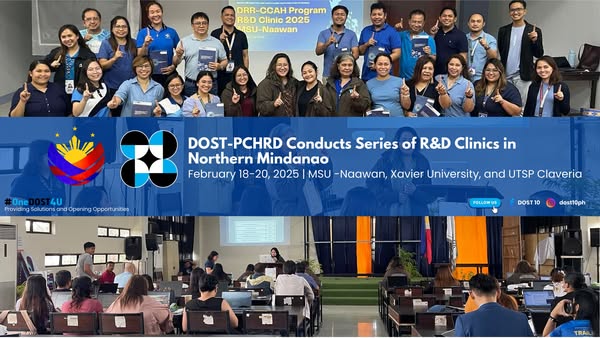by:  Veneracion G. Cabana et. al
Veneracion G. Cabana et. al
Author Affiliations:
Abstract
Serum amyloid A (SAA) circulates bound to HDL3 during the acute-phase response (APR), and recent evidence suggests that elevated levels of SAA may be a risk factor for cardiovascular disease. In this study, SAA-HDL was produced in vivo during the APR and without the APR by injection of an adenoviral vector expressing human SAA-1. SAA-HDL was also produced in vitro by incubating mouse HDL with recombinant mouse SAA and by SAA-expressing cultured hepatoma cells. Whether produced in vivo or in vitro, SAA-HDL floated at a density corresponding to that of human HDL3 (d 1.12 g/ml) separate from other apolipoproteins, including apolipoprotein A-I (apoA-I; d 1.10 g/ml) when either apoA-I or apolipoprotein E (apoE) was present. In the absence of both apoA-I and apoE, SAA was found in VLDL and LDL, with low levels in the HDL and the lipid-poor fractions suggesting that other HDL apolipoproteins are incapable of facilitating the formation of SAA-HDL.
We conclude that SAA does not exist in plasma as a lipid-free protein. In the presence of HDL-associated apoA-I or apoE, SAA circulates as SAA-HDL with a density corresponding to that of human HDL3. In the absence of both apoA-I and apoE, SAA-HDL is not formed and SAA associates with any available lipoprotein.







